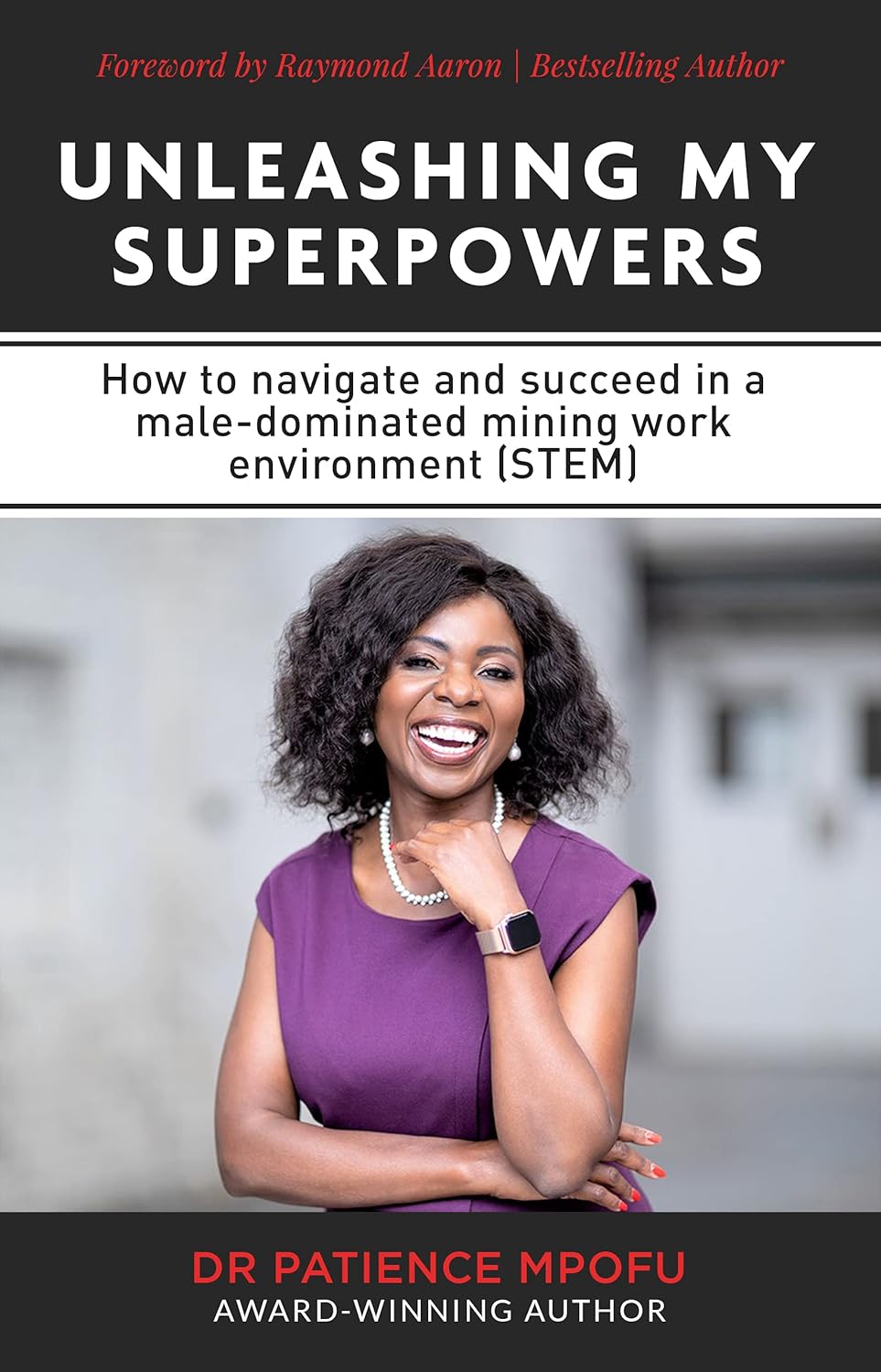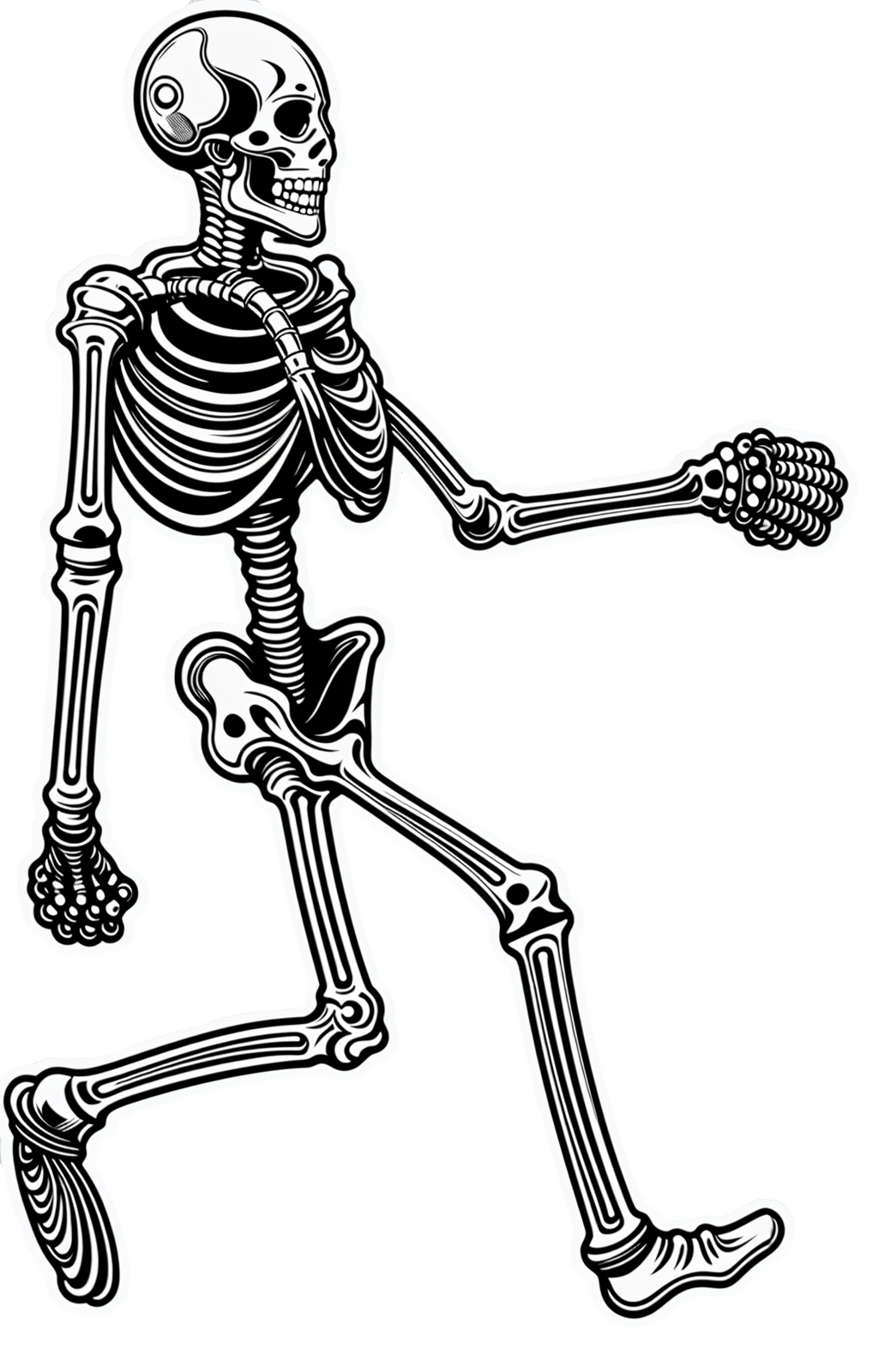
Scheduling Tips for Overrunning Tasks
10almonds is reader-supported. We may, at no cost to you, receive a portion of sales if you purchase a product through a link in this article.
Your Questions, Our Answers!
Q: Often I schedule time for things, but the task takes longer than I think, or multiplies while I’m doing it, and then my schedule gets thrown out. Any ideas?
A: A relatable struggle! Happily, there are remedies:
- Does the task really absolutely need to be finished today? If not, just continue it in scheduled timeslots until it’s completed.
- Some tasks do indeed need to be finished today (hi, writer of a daily newsletter here!), so it can be useful to have an idea of how long things really take, in advance. While new tasks can catch us unawares, recurring or similar-to-previous tasks can be estimated based on how long they took previously. For this reason, we recommend doing a time audit every now and again, to see how you really use your time.
- A great resource that you should include in your schedule is a “spare” timeslot, ideally at least one per day. Call it a “buffer” or a “backup” or whatever (in my schedule it’s labelled “discretionary”), but the basic idea is that it’s a scheduled timeslot with nothing scheduled in it, and it works as an “overflow” catch-all.
Additionally:
- You can usually cut down the time it takes you to do tasks by setting “Deep Work” rules for yourself. For example: cut out distractions, single-task, work in for example 25-minute bursts with 5-minute breaks, etc
- You can also usually cut down the time it takes you to do tasks by making sure you’re prepared for them. Not just task-specific preparation, either! A clear head on, plenty of energy, the resources you’ll need (including refreshments!) to hand, etc can make a huge difference to efficiency.
See Also: Time Optimism and the Planning Fallacy
Do you have a question you’d like to see answered here? Hit reply or use the feedback widget at the bottom; we’d love to hear from you!
Don’t Forget…
Did you arrive here from our newsletter? Don’t forget to return to the email to continue learning!
Recommended
Learn to Age Gracefully
Join the 98k+ American women taking control of their health & aging with our 100% free (and fun!) daily emails:
-
Unleashing My Superpowers – by Dr. Patience Mpofu
10almonds is reader-supported. We may, at no cost to you, receive a portion of sales if you purchase a product through a link in this article.
Dr. Patience Mpofu is on a mission to provide women and girls with the inside-information, knowledge, resources, and strategies to break through the glass ceiling. She writes from her experience in STEM, but her lessons are applicable in any field.
Her advices range from the internal (how to deal with imposter syndrome) to the external (how to overcome cultural biases); she also explains and illustrates the importance of both role models and mentors.
While a lot of the book is half instruction manual, half memoir of her incredible life and career (to illustrate her points), and is well-worth reading—and/or perhaps worth gifting to a girl you know with ambitions in STEM?
Share This Post
-
Chickpeas vs Black Beans – Which is Healthier?
10almonds is reader-supported. We may, at no cost to you, receive a portion of sales if you purchase a product through a link in this article.
Our Verdict
When comparing chickpeas to black beans, we picked the black beans.
Why?
They’re both great! But we consider the nutritional profile of black beans to be better:
In terms of macros, black beans have a little more protein, while chickpeas have more carbohydrates. Generally speaking, people are not usually short of carbs in their diet, so we’ll go with the one with more protein. Black beans also have more fiber, which is important for heart health and more.
In the category of micronutrients, black beans have twice as much potassium and twice as much calcium, as well as twice as much magnesium. Chickpeas, meanwhile are better for manganese and slightly higher in B vitamins, but B vitamins are everywhere (especially vitamin B5, pantothenic acid; that’s literally where its name comes from, it means “from everywhere”), so we don’t consider that as much of a plus as the black beans doubling up on potassium, calcium, and magnesium.
So, do enjoy both, but if you’re going to pick, or lean more heavily on one, we recommend the black beans
Further reading
See also:
- Why You’re Probably Not Getting Enough Fiber (And How To Fix It)
- Easily Digestible Vegetarian Protein Sources
- What Matters Most For Your Heart? Eat More (Of This) For Lower Blood Pressure
Enjoy!
Share This Post
-
Sauerkraut vs Pickled Cucumber – Which is Healthier?
10almonds is reader-supported. We may, at no cost to you, receive a portion of sales if you purchase a product through a link in this article.
Our Verdict
When comparing sauerkraut to pickled cucumber, we picked the sauerkraut.
Why?
Both of these fermented foods can give a gut-healthy microbiome boost, but how do they stack up otherwise?
In terms of macros, sauerkraut has more protein, carbs, and fiber. They are both low glycemic index foods, so we’ll go with the one that has more fiber out of the two, and that’s the ‘kraut.
In the category of vitamins, sauerkraut has more of vitamins B1, B2, B3, B5, B6, B7, B9, C, E, and choline, while pickled cucumbers have more of vitamins A and K. An easy win for sauerkraut.
When it comes to minerals, sauerkraut has more calcium, copper, iron, magnesium, manganese, phosphorus, potassium, selenium, and zinc, while pickled cucumbers are not higher in any mineral, except sodium (on average, pickled cucumbers have about 2x the sodium of sauerkraut). Another clear win for sauerkraut.
In short, enjoy either or both in moderation, but it’s clear which boasts the most nutritional benefits, and that’s the sauerkraut!
Want to learn more?
You might like to read:
Make Friends With Your Gut (You Can Thank Us Later)
Take care!
Share This Post
Related Posts
-
One More Resource Against Osteoporosis!
10almonds is reader-supported. We may, at no cost to you, receive a portion of sales if you purchase a product through a link in this article.
Your Bones Were Made For Moving Too!
We know that to look after bone health, resistance training is generally what’s indicated. Indeed, we mentioned it yesterday, and we’ve talked about it before:
Resistance Is Useful! (Especially As We Get Older)
We also know that if you have osteoporosis already, some exercises are a better or worse idea than others:
Osteoporosis & Exercises: Which To Do (And Which To Avoid)
However! New research suggests that also getting in your recommended 150 minutes per week of moderate exercise slows bone density loss.
The study by Dr. Tiina Savikangas et al. looked at 299 people in their 70s (just over half being women) and found that, over the course of a year, bone mineral density loss was inversely correlated with moderate exercise as recorded by an accelerometer (as found in most fitness-tracking wearables and smartphones).
In other words: those who got more minutes of exercise, kept more bone mineral density.
As well as monitoring bone mineral density, the study also looked at cross-sectional area, but that remained stable throughout.
As for how much is needed:
❝Even short bursts of activity can be significant for the skeleton, so we also looked at movement in terms of the number and intensity of individual impacts. For example, walking and running cause impacts of different intensities.
We found that impacts that were comparable to at least brisk walking were associated with better preservation of bone mineral density.❞
Read more: Impacts during everyday physical activity can slow bone loss ← pop-science source, interviewing the lead researcher
On which note, we’ve a small bone to pick…
As a small correction, the pop-science source says that the subjects’ ages ranged from 70 to 85 years; the paper, meanwhile, clearly shows that the age-range was 74.4±3.9 years (shown in the “Results” table), rounded to 74.4 ± 4 years, in the abstract. So, certainly no participant was older than 78 years and four months.
Why this matters: the age range itself may be critical or it might not, but what is important is that this highlights how we shouldn’t just believe figures cited in pop-science articles, and it’s always good to click through to the source!
This paper is a particularly fascinating read if you have time, because—unlike a lot of studies—they really took great care to note what exactly can and cannot be inferred from the data, and how and why.
Especially noteworthy was the diligence with which they either controlled for, or recognized that they could not control for, far more variables than most studies even bother to mention.
This kind of transparency is critical for good science, and we’d love to see more of it!
Want to apply this to your life?
Tracking minutes-of-movement is one of the things that fitness trackers are best at, so connect your favourite app (one of these days we’ll do a fitness tracker comparison article) and get moving!
And as for the other things that fitness trackers do? As it turns out, they do have their strengths and weaknesses, which are good to bear in mind:
Take care!
Don’t Forget…
Did you arrive here from our newsletter? Don’t forget to return to the email to continue learning!
Learn to Age Gracefully
Join the 98k+ American women taking control of their health & aging with our 100% free (and fun!) daily emails:
-
No-Exercise Exercise!
10almonds is reader-supported. We may, at no cost to you, receive a portion of sales if you purchase a product through a link in this article.
Do you love to go to the gym?
If so, today’s article might not be for you so much. Or maybe it will, because let’s face it, exercise is fun!
At least… It can be, and should be 😎
So without further ado, here’s a slew of no-exercise exercise ideas; we’re willing to bet that somewhere in the list there’s at least some you haven’t tried before, and probably some you haven’t done in a while but might enjoy making a reprise!
Walking
No surprises here: walking is great. Hopefully you have some green spaces near you, but if you don’t, [almost] any walking is better than no walking. So unless there’s some sort of environmental disaster going on outside, lace up and get stepping.
If you struggle to “walk for walking’s sake” give yourself a little mission. Walk to the shop to buy one item. Walk to the park and find a flower to photograph. Walk to the library and take out a book. Whatever works for you!
See also: The Doctor Who Wants Us To Exercise Less, And Move More
Take the stairs
This one doesn’t need many words, just: make it a habit.
Treat the elevators as though they aren’t there!
See also: How To Really Pick Up (And Keep!) Those Habits
Dance
Dance is amazing! Any kind of dance, whatever suits your tastes. This writer loves salsa and tango, but no matter whether for you it’s zouk or zumba, breakdancing or line dancing, whatever gets you moving is going to be great for you.
If you don’t know how, online tutorials abound, and best of all is to attend local classes if you can, because they’re always a fun social experience too.
Make music
Not something often thought of as an exercise, but it is! Most instruments require that we be standing or siting with good posture, focusing intently on our movements, and often as not, breathing very mindfully too. And yes, it’s great for the brain as well!
Check out: This Is Your Brain on Music: The Science of a Human Obsession – by Dr. Daniel Levitin
Take a stand
If you spend a lot of time at a desk, please consider investing in a standing desk; they can be truly life-changing. Not only is it so much better for your back, hips, neck, and internal organs, but also it burns hundreds more calories than sitting, due to the no-exercise exercise that is keeping your body constantly stabilized while on your feet.
(or, if you’re like this writer: on your foot. I do have two feet, I just spend an inordinate amount of time at my desk standing on one leg at a time; I’m a bit of a flamingo like that)
See also: Deskbound: Standing Up to a Sitting World – by Kelly Starrett and Glen Cordoza
Sit, but…
Sit in a sitting squat! Sometimes called a Slav squat, or an Asian squat, or a resting squat, or various other names:
Click Here If The Embedded Video Doesn’t Load Automatically!
Alternatively, sitting in seiza (the traditional Japanese sitting position) is also excellent, but watch out! While it’s great once your body is accustomed to it, if you haven’t previously sat this way much, you may cut off your own circulation, hurt your knees, and (temporarily) lose feeling in your feet. So if you don’t already sit in seiza often, gradually work up the time period you spend sitting in seiza, so that your vasculature can adapt and improve, which honestly, is a very good thing for your legs and feet to have.
Breathe
Perhaps the absolute most “no-exercise exercise” there is. And yes, of course you are (hopefully) breathing all the time, but how you are breathing matters a lot:
The Inside Job Of Fixing Our Breathing: Exercises That Can Fix Sinus Problems (And More)
Clean
This doesn’t have to mean scrubbing floors like a sailor—even merely giving your house the Marie Kondo treatment counts, because while you’re distracted with all the objects, you’re going to be going back and forth, getting up and down, etc, clocking up lots of exercise that you barely even notice!
PS, check out: The Life-Changing Manga Of Tidying Up – by Marie Kondo
Garden
As with the above, it’s lots of activity that doesn’t necessarily feel like it (assuming you’re doing more pruning and weeding etc, and less digging ditches etc), and as a bonus, there are a stack of mental health benefits to being in a green natural environment and interacting with soil:
Read more: The Antidepressant In Your Garden
Climb
Depending on where you live, this might mean an indoor climbing wall, but give it a go! They have color-coded climbs from beginner to advanced, so don’t worry about being out of your depth.
And the best thing is, the beginner climbs will be as much a workout to a beginner as the advanced climbs will be to an advanced climber, because at the end of the day, you’re still clinging on for dear life, no matter whether it’s a sizeable handhold not far from the ground, or the impression of a fingernail crack in an overhang 100ft in the air.
Video games (but…)
Less in the category of Stardew Valley, and more in the category of Wii Fit.
So, dust off that old controller (or treat yourself to one if you didn’t have one already), and get doing a hundred sports and other physical activities in the comfort of your living room, with a surprisingly addictive gaming system!
Sex!
You probably don’t need instructions here, and if you do, well honestly, we’re running out of space today. But the answer to “does xyz count?” is “did it get your heart racing?” because if so, it counts
Take care!
Don’t Forget…
Did you arrive here from our newsletter? Don’t forget to return to the email to continue learning!
Learn to Age Gracefully
Join the 98k+ American women taking control of their health & aging with our 100% free (and fun!) daily emails:
-
PlantYou: Scrappy Cooking – by Carleigh Bodrug
10almonds is reader-supported. We may, at no cost to you, receive a portion of sales if you purchase a product through a link in this article.
This is a book that took “whole foods plant-based diet” and ran with it.
“Whole foods”, you say? Carleigh Bodrug has you covered in this guide to using pretty much everything.
One of the greatest strengths of the book is its “Got this? Make that” section, for using up those odds and ends that you’d normally toss.
You may be thinking: “ok, but if to use this unusual ingredient I have to buy four other ingredients to make this recipe, generating waste from those other ingredients, then this was a bad idea”, but fear not.
Bodrug covers that too, and in many cases leftover “would get wasted” ingredients can get turned into stuff that can go into longer-term storage one way or another, to use at leisure.
Which also means that on the day “there’s nothing in the house to eat” and you don’t want to go grocery-shopping, or if some global disaster causes the supply lines to fail and the stores become empty (that could never happen though, right?), you will have the mystical ability to conjure a good meal out of assorted odds and ends that you stored because of this book.
Bottom line: if you love food and hate food waste, this is a great book for you.
Click here to check out Scrappy Cooking, and do domestic magic!
Don’t Forget…
Did you arrive here from our newsletter? Don’t forget to return to the email to continue learning!
Learn to Age Gracefully
Join the 98k+ American women taking control of their health & aging with our 100% free (and fun!) daily emails:







